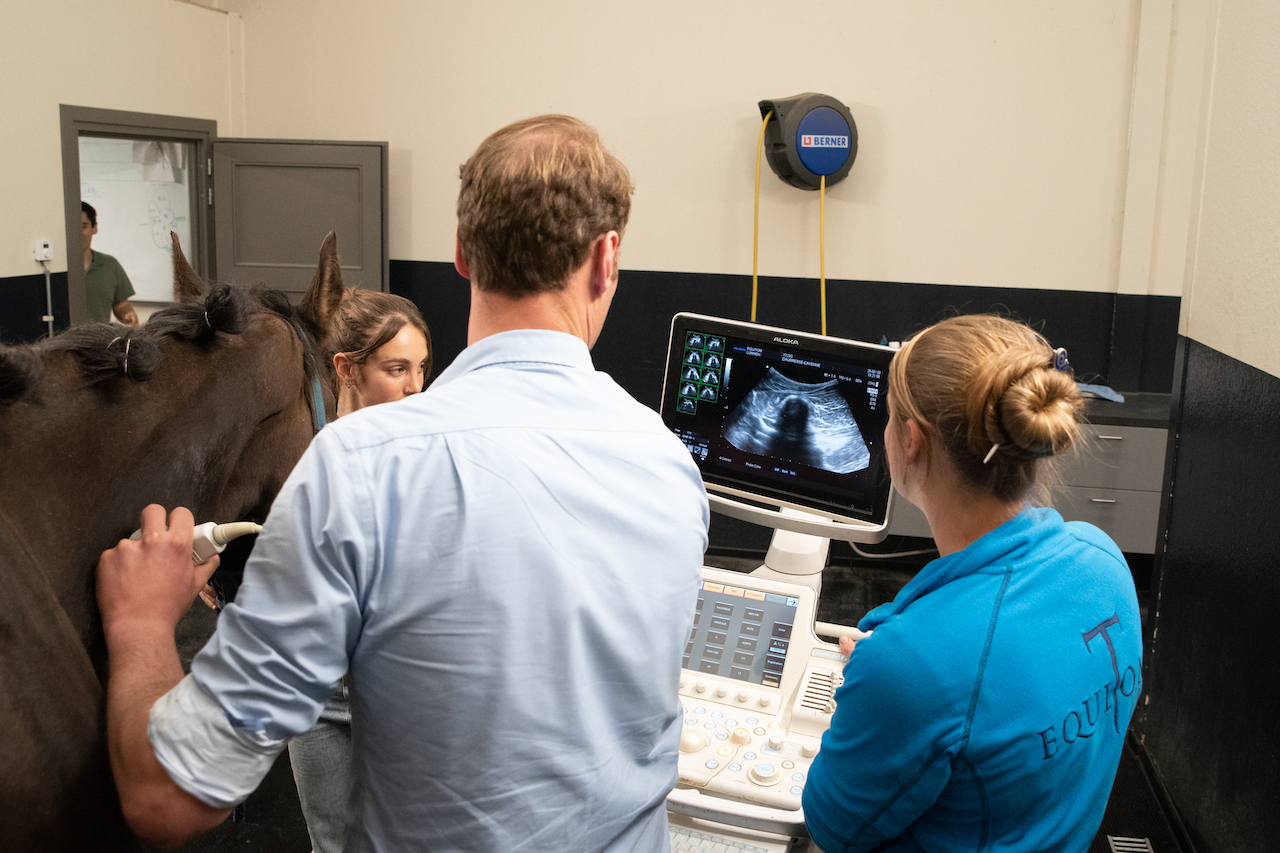After the recent outbreak of the rhino virus, we noticed that you had many questions. Therefore, we have listed the most common questions about this virus and submitted them to the team of Equitom, the widely known clinic that has now also set up a temporary hospital in Wallonia for horses with rhino.
Why do all branches of equestrian sports have to stay 'home'. Surely the virus only rages in the jumping world?
"It is not the case that only horses that ride jumping or dressage are susceptible to the virus. So to prevent a further spread of the virus, it is important to lock everything down. The virus is very easily transmitted from human to horse, touching a horse in a field can be enough. If a participant in, for example, a driving competition also has jumping horses in his stable, which happened to come into contact with an infected horse, he can transmit the virus to other horses present at the driving competition. It may seem far-fetched but this happens effectively in practice. It is therefore of the utmost importance that movements are limited as much as possible".
It is said that you have to change clothes when moving from one horse to another. Should this be done even if both horses show no symptoms?
"It is especially important now to be very careful. The virus can easily be transmitted through the clothing of riders. A horse that shows no symptoms can still be a carrier of the virus. So it is important that everyone uses his or her common sense".
If you go from an equestrian center to a private stable or vice versa, is it necessary to change clothes?
"As touched upon in the question above, it is now especially very important to be careful. So I would definitely recommend changing clothes when you go from one stable to another. That way, the risk of spreading can be minimized".
How long does the virus stay on your clothes? For example, can you wear the same pants two days in a row?
"The virus can survive on clothing for up to seven days in normal conditions. In 'perfect conditions' this can even become a month. I would advise everyone to thoroughly clean and disinfect all materials and stables in the first place. If you want to spray out the stalls, it is recommended to wash them first before applying disinfectants. Pre-cleaning removes organic material; making disinfectants more effective; After the surface is cleaned, you should apply disinfection. The virus can easily be dealt with by the simplest disinfectants; Common, conventional disinfectants and detergents are the best.
In addition, it is important to wash your hands regularly with soap and water and dry them well. You can also use an alcohol-based disinfectant. In this way, the spread of the virus can be minimized.
Can the virus also affect horses that have been vaccinated?
"Unfortunately, yes. However, studies do show that horses that were vaccinated with the vaccine get less sick than horses that were never vaccinated. If you want more information about these vaccines, it is best to consult your veterinarian. In general, it is believed that the vaccine is very effective for the abortive and "snot" variant. It also works for the neurological variant, but it is almost impossible to determine this effectively (impossible to set up a representative control group). Sick animals should not be vaccinated at this time. Horses that have already been vaccinated need a repeat vaccination on a regular basis to keep immunity high.
How long should a sick horse be quarantined and does this apply to all horses in the same barn?
"Horse owners whose horses took a positive EHV test must observe isolation procedures of 28 days after the last suspected infection. This therefore corresponds to a period of four weeks; If there is no clinical illness, the risk of exposure decreases with time; A short quarantine period (of 21 days, for example), may be appropriate in this case if no horses have developed a fever, had abortions or shown neurological symptoms during this entire period and if all exposed horses are found to be negative."
I do not have space to quarantine my horses in a separate building. Will it be enough to put the healthy horses out to pasture for the time being?
"As long as non-infected horses do not come close to the infected horse, there is no problem. However, it is important to observe biosecurity between the infected horse and the others (cleaning hands, not wearing the same clothes, not using the same equipment, etc.)."

